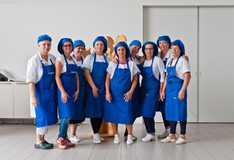Specialist. Scaldaferro / Dolo
Sugar rush
In a village just outside Venice the focus turns from canals to confection: we visit the factory where Scaldaferro makes its renowned nougat.
The first thing you notice when you walk into the all-white factory of Scaldaferro, in the village of Dolo near Venice, is a saccharine smell with hints of vanilla. There are bags of almonds from Puglia, hazelnuts from Piedmont and honey from Sicily, Trentino and the Venetian lagoon. The focus on ingredients has long been of paramount importance to the nougat-maker and it’s for this reason that Scaldaferro’s sweets are some of the most sought after in Italy.
The laboratory is a throwback and many of the machines and processes have been used since the company started in the early 1900s. It made biscuits at first, then hard sweets and panettone, but in the early 2000s decided to focus on the torrone (nougat) for which it has earned a formidable reputation.


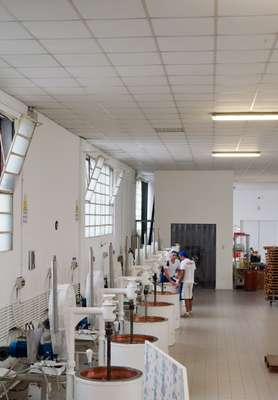
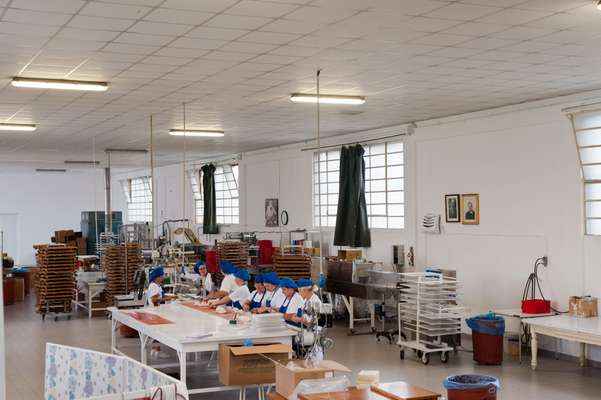
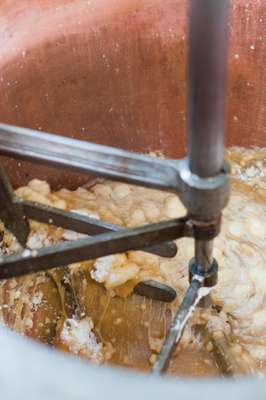
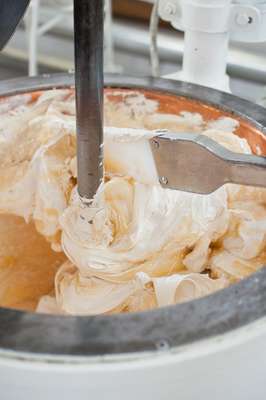
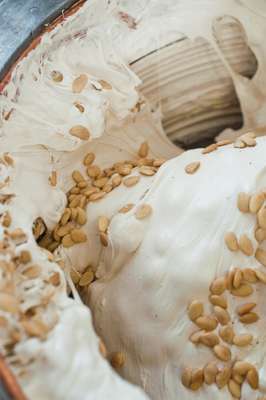

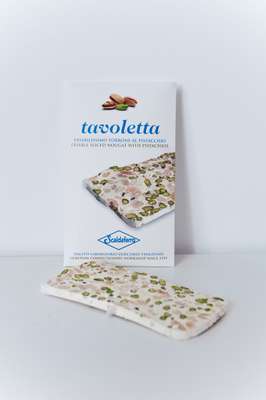
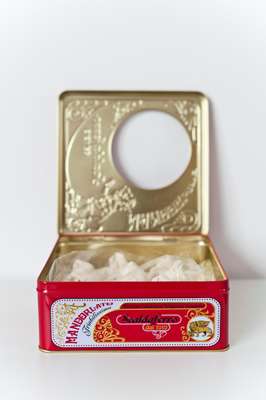
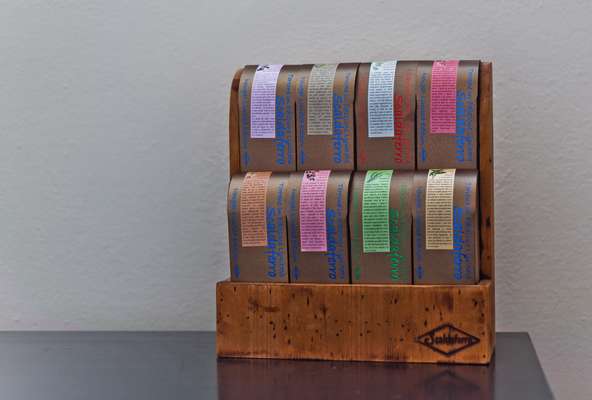
Pietro Scaldaferro, the production manager, starts each morning at 03.00. The busiest months are from September until December, when staff need to put in 16-hour days to meet demand. The hot summers are the off-season and production halts from July to August. With just 14 full-time staff, knowledge and experience are key to keep production ticking over and several workers have been in the torrone trade for 15 seasons or more.
The nougat made by Scaldaferro is special because each piece is moulded by hand to retain the air bubbles that keep it light. It’s this care that gives each piece the satisfying flakiness that has become a signature. It’s also a source of pride for many who work here, not least because few firms still pledge themselves to this labour-intensive manner of production.
Scaldaferro’s original recipe dates back to the 1700s and remains a mix of sugar, egg whites, honey, vanilla and nuts, the latter of which makes up just over half of the final product by volume. It’s not a case of simply mixing the ingredients: combining them has to be carefully timed to ensure the nougat doesn’t turn hard too quickly. “You have to taste it”, says Pietro of the differences these careful steps create in the final product. And he’s right. Although his hazelnut-and-rosemary nougat may look similar to that of its competitors there’s a lightness and balance to it that belies the care and attention that go into its creation.
Scaldaferro has weathered various storms over the years, literally when it came to last summer: production continued despite a tornado destroying part of the factory. Strong domestic sales in Italy and a decent presence in France have helped buoy the brand in trickier times. Despite the relative expense of the treat (a classic nougat bar is €6 for 150g and the soft nougat is €5 for 180g) there’s an enduring audience for the handmade delight. While many retailers rely on price as a measure of quality and likely profit, there’s a tasty niche to be found for those that know of the nougat’s quality and its long-held place in Venetian culture.
For all the legacy that Pietro preserves, he isn’t wedded to traditional flavours and often experiments with newer concoctions. Over the years he’s collected honeys from around the world, including an extraordinary variety from Ethiopia that’s made from the flowers of the coffee tree. The discovery stoked his imagination and gave rise to a forthcoming creation made with coffee roasted in Verona.
Pietro’s interest in diverse ingredients is an attempt to lure new customers and pique the interest of existing ones but there’s still a taste for the classics here in Italy. The highest-selling products are the well-established flavours: mandorlato classico (almonds), torrone morbido (soft nougat) and al cioccolato (chocolate). There’s still a business in handmade nougat – and the proof is in the pudding.
scaldaferro.it
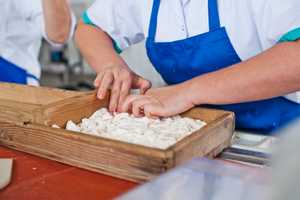
The process
- Heating
Sugar and honey are cooked together over a double boiler for eight hours to reduce. Whipped egg whites are then added to the mixture. Mixing
Toasted almonds are added. The mixture is dried for up to seven hours until there is less than 5 per cent water content in the mixture.Shaping
The nougat is placed on a moulding table; this is where it is shaped by hand before being left to dry and set.Packing
With the bubbles and lightness carefully contained, the now-set mixture is wrapped and packaged by hand to be sold in shops around the world.

